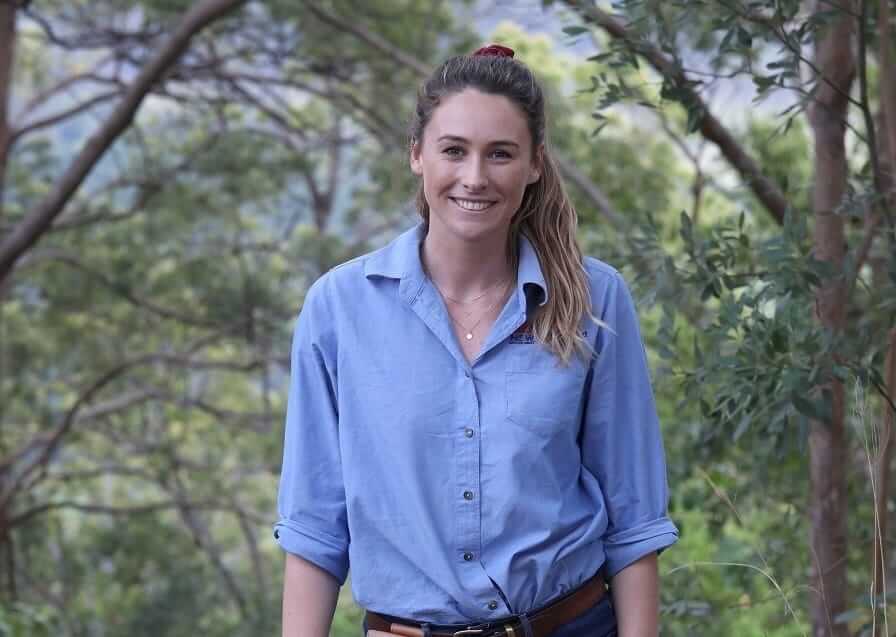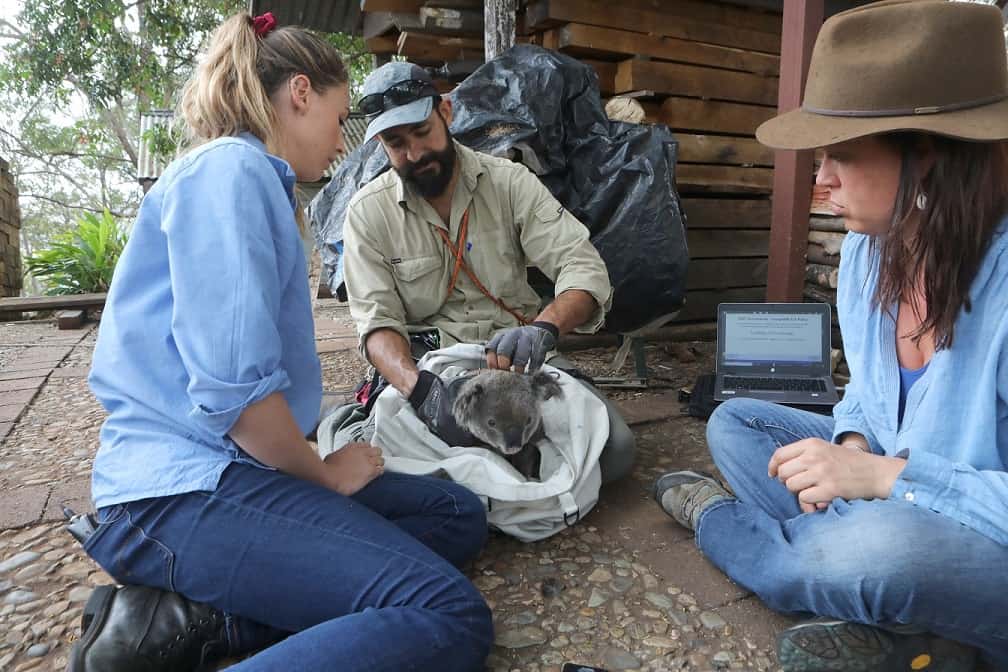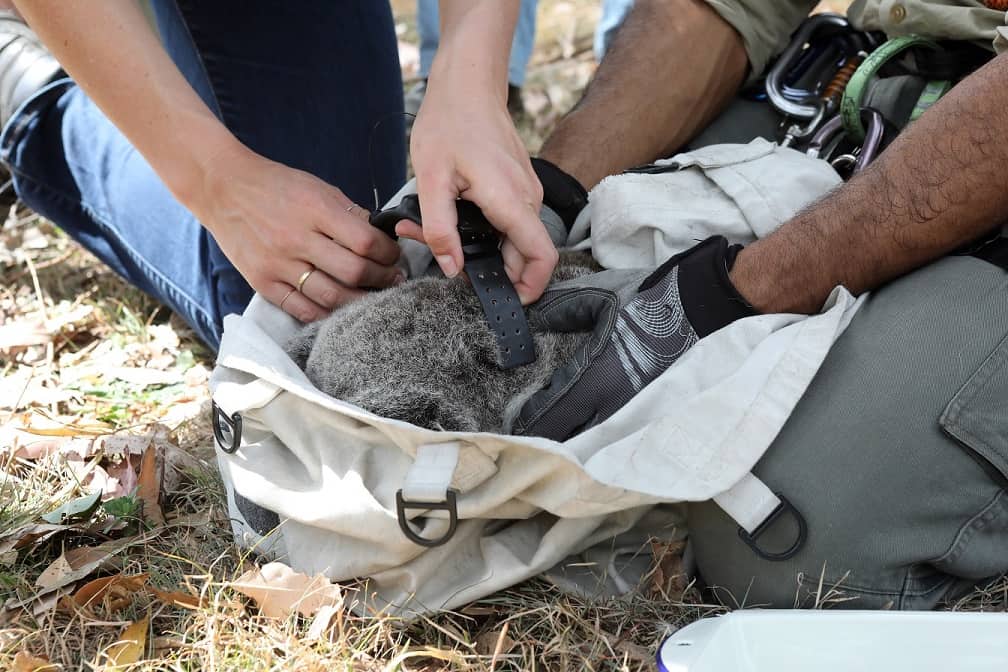Amy is a biosecurity officer at Local Land Services in Grafton. She is investigating the likelihood of wild dogs preying on koalas in north east New South Wales. Study partners include the University of New England, Local Land Services, the NSW Koala Strategy and Friends of the Koala.

'I grew up on the north coast of New South Wales. the region has some of the highest densities of wild dogs in the state.
Before I got involved in koala conservation, I had been working on pest animal management with Local Land Services. A focus of my role is wild dog management. Wild dogs are perceived by local communities as a threat to koalas. There has been some recent literature from south-east Queensland which supports this. However, the jury is out if you look at the broader research and speak to the experts. I realised there are important knowledge gaps around the risks posed by wild dogs to koalas and this needed to be explored further.
For instance, we know there’s a huge population of wild dogs in northern New South Wales, but we don’t know a lot about the risk of koalas being killed by wild dogs. I use the term ‘wild dog’ as defined in the NSW Wild Dog Management Strategy to refer to all wild‑living dogs: dingoes, feral domestic dogs and the hybrid descendants of the 2.
I’m working on a research project to track the movements of 27 koalas to see how often, for how long and at what times koalas use the ground. We have also collared 5 wild dogs and have deployed 30 camera traps to understand their spatial use of the study area, about 150 square kilometres.

I am working closely with Friends of the Koala to include recently rehabilitated koalas in the study. This will help us understand what happens to koalas once they have been released in the wild and how to improve their survival after they are released.
So far, 19 koalas – mostly males – have been equipped with radio-tracking collars during the breeding season. I’m now tracking the koalas, undertaking observations of koala behaviour and checking their welfare. The GPS collars will automatically drop off in April, so I don’t have to recapture them to remove the trackers.
Through the project I have worked on more than 70 properties, speaking with landholders, community members and wildlife rehabilitators. There’s a lot of interest from the community about this project.

I’m hoping to have data available by the end of 2020. I believe this study will provide better information about the impact of wild dogs on koalas in north east New South Wales. It will also help to improve our understanding of what happens to koalas once they have been rehabilitated and released. We might also learn about how and where koalas get hit by cars, another key threat to koalas.'